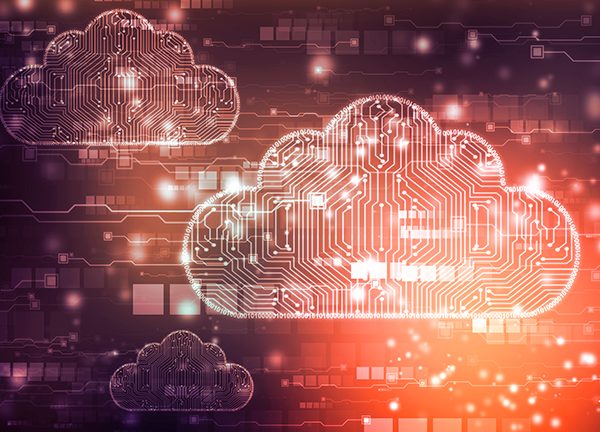La nube nativa es un enfoque moderno del desarrollo y la implementación de aplicaciones que aprovecha el poder del modelo de entrega de computación en la nube. La idea es desarrollar e implementar aplicaciones en entornos dinámicos, como las nubes públicas, privadas e híbridas, en los que los recursos puedan escalarse hacia arriba y hacia abajo según sea necesario. Las aplicaciones nativas de la nube suelen contenedorizarse y desplegarse como microservicios acoplados de manera suelta que se ejecutan en la nube. Encarnan los principios de las metodologías ágiles y DevOps y normalmente se despliegan como canalizaciones de integración y entrega continuas (CI/CD). Echemos un vistazo a algunas de las tecnologías y conceptos principales que hacen que una aplicación sea nativa de la nube.
Contenedores
Contenedores llevan la virtualización al nivel del sistema operativo. Le permiten empaquetar todo el código y las dependencias, incluidos los binarios, las bibliotecas y los archivos de configuración, necesarios para que un proceso, una aplicación o un servicio se ejecuten. El software contenedorizado puede ejecutarse de manera fiable de un entorno de computación a otro. Rápidos, portátiles y ligeros, los contenedores pueden orquestarse dinámicamente para optimizar el rendimiento y el consumo de recursos.
Arquitectura de microservicios
Una arquitectura de microservicios es un enfoque modular para desarrollar sistemas de software. En lugar de crear una gran aplicación monolítica, crea un conjunto de servicios de una sola función con operaciones e interfaces bien definidas. Este enfoque modular del desarrollo de aplicaciones mejora la escalabilidad, la flexibilidad y la capacidad de prueba. Contenedores encajan de manera natural con las arquitecturas de microservicios.
DevOps
DevOps es una combinación de metodologías, tecnologías de automatización y buenas prácticas destinadas a optimizar el ciclo de vida del desarrollo del software, mejorando la integración y la comunicación entre los equipos de desarrollo y operaciones. El objetivo final es un pipeline de CI/CD para un desarrollo e implementación más rápidos de los productos. Contenedores pueden ayudar a simplificar y acelerar el proceso de desarrollo, prueba e implementación.
Obtenga más información sobre las aplicaciones nativas de la nube.



